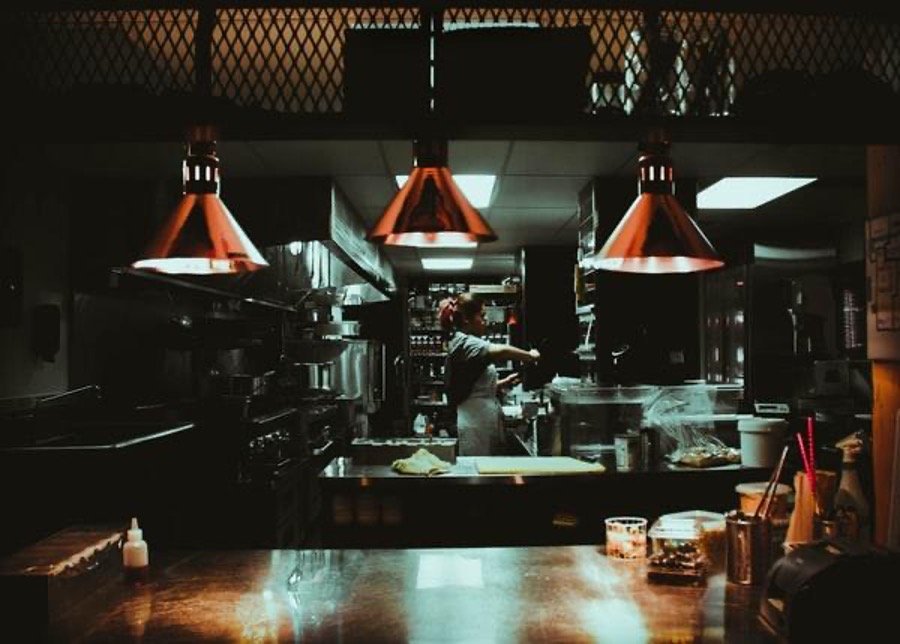Owning a restaurant is an exhilarating experience that requires considerable responsibility. When it comes to the responsibility of storing food, there are a few things that you need to keep in mind to prevent foodborne illnesses from occurring in your restaurant. Keep reading to learn more about the different food storage methods.
Table of Contents
Store perishable foods in the fridge or freezer.
You should always store perishable foods in the fridge or freezer when running a restaurant, as it keeps the food from spoiling.
The number one reason to store perishable foods in the fridge or Atosa Freezers is to keep them from spoiling. When food spoils, it can make your customers sick. The bacteria that cause food poisoning can multiply in the right conditions. A fridge or freezer is a great place to store food because the cool temperature is consistent and based on your settings of choice. Storing perishable foods in the fridge or freezer keeps them fresh for longer and can help keep the food from being wasted.
Check expiration dates and discard any expired items.
When stocking your restaurant with food, it’s important to check expiration dates and discard expired items. Food expiration dates are necessary to check because they indicate how long the food can be stored or eaten before it becomes unsafe. If a food item starts to spoil, it could cause food poisoning. Spoiled food exhibits a bad smell, a change in color, or mold. If any of these signs are present, the food should be discarded. To avoid confusion over expiration dates in your restaurant kitchen, be sure to train your employees to label every item. Labeling food with dates helps mitigate miscommunication over food quality.
Store food at the correct temperature to prevent spoilage.
Within the restaurant industry, it is crucial to maintain proper food temperatures to prevent the spread of foodborne illnesses. Bacteria can proliferate in the “Danger Zone,” so it is important to keep food out of this range. Hot food should be kept at 140°F or above, while cold food should be kept at 41°F or below. Food cooked and then stored in a refrigerator should be reheated to 165°F before serving. This will destroy any harmful bacteria that may have grown during storage.
Food that is going to be served cold should be prepared ahead of time and stored in the refrigerator. It’s also important to keep track of the time and temperature of food in order to prevent it from entering the “Danger Zone.” Temperature logs should be kept for both hot and cold food. Food thermometers should be used to measure the temperature of food. This will ensure food is cooked and stored at the correct temperature.
Have a plan for storing perishable and non-perishable items separately.
You should have a plan to store perishable and non-perishable items separately because it will help keep food fresh and organized. It will also help you prevent cross-contamination, which sometimes leads to food poisoning. When it comes to storing perishable items, you will want to make sure that you have a place to keep them in a cool, dark, and dry place in your restaurant’s kitchen. Be sure to refrigerate or freeze any perishable items that require a cold environment, like meat, dairy, and vegetables. This could be in a pantry, basement, or even a root cellar. When it comes to storing non-perishable items, you will want to make sure that you have a place to keep them in dry place. Keep non-perishable in a separate room or pantry.
Overall, proper food storage is important to ensure the safety and quality of the food served in your restaurant. By following these tips, you can help to prevent foodborne illnesses from occurring in your restaurant.


